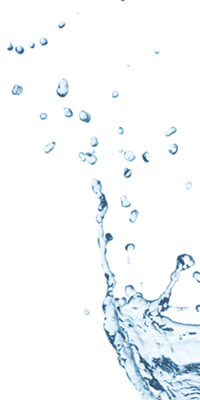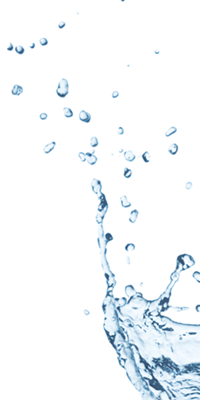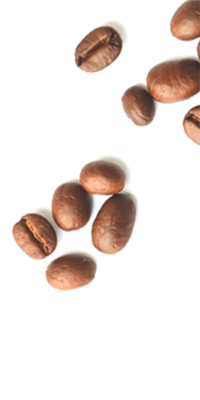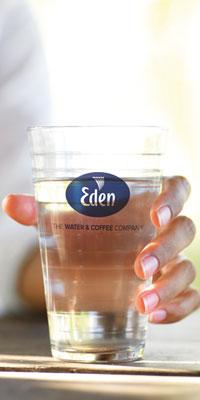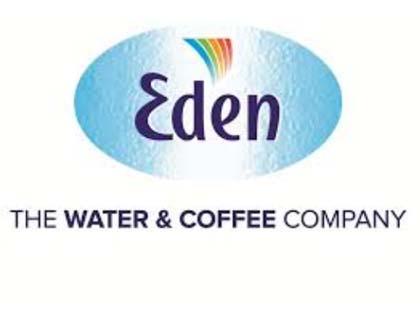0800 011 4531
Call FREE: Mon-Thu: 08:30-17:00 Friday: 08:30-16:00
- WATER FOR BUSINESSES
- WATER AT HOME
- COFFEE
- PAY INVOICE
- ABOUT US


